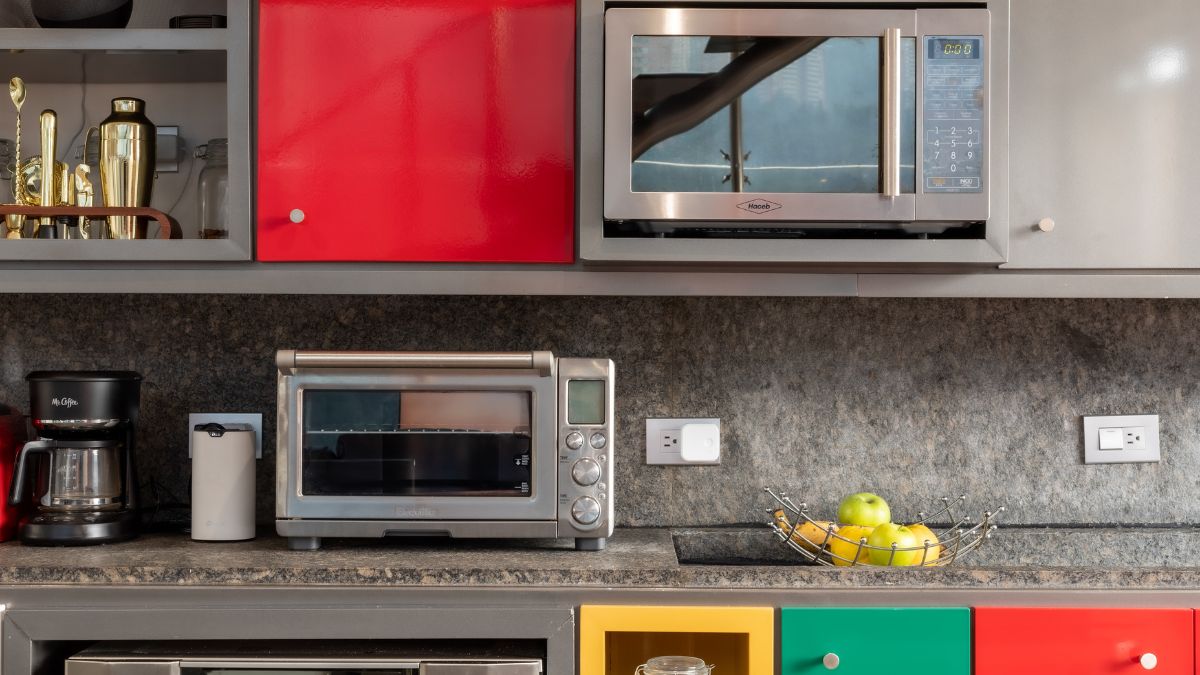Maintenance Tips for Your Whirlpool Microwave

Whirlpool microwaves have earned a reputation for their reliability and efficiency in the kitchen, making them an essential appliance for modern households. To ensure that your Whirlpool microwave continues to serve you well and maintains its peak performance, regular maintenance is key. In this article, we will explore essential maintenance tips that will help you keep your Whirlpool microwave in top-notch condition for years to come. While the manual for Whirlpool microwave provides valuable insights, these practical guidelines will aid you in preserving the longevity and functionality of your appliance.
Regular Cleaning:
Cleaning your Whirlpool microwave on a regular basis is crucial for maintaining a hygienic and efficient kitchen. Splatters and spills from food can accumulate over time, leading to unpleasant odors and affecting the microwave’s performance. After each use, wipe the interior surfaces with a soft, damp cloth and a mild detergent to remove any food residue. Pay special attention to the turntable, as it can become dirty and greasy easily. For stubborn stains or odors, consider placing a bowl of water with lemon slices inside the microwave and running it for a few minutes to loosen and neutralize the smells.
Inspection of Door Seal and Latch:
A properly functioning door seal and latch are essential for safe and efficient microwave operation. Regularly inspect the door seal for any signs of wear, damage, or accumulation of debris. If you notice any issues, refer to the manual for Whirlpool microwave for guidance on how to replace the door seal. Additionally, ensure that the door latch engages and disengages smoothly to maintain an airtight seal while cooking and prevent any potential microwave leakage.
Check and Clean Ventilation System:
A functional ventilation system is vital for dissipating excess heat and preventing the microwave from overheating. Routinely inspect the microwave’s vents for dust, dirt, or debris accumulation that may obstruct the airflow. Use a soft brush or a vacuum cleaner attachment to gently clean the vents and ensure proper ventilation. Adequate airflow not only enhances the microwave’s performance but also extends its lifespan.
Use Microwave-Safe Containers:
When using your Whirlpool microwave, always ensure that the containers and utensils you use are microwave-safe. Avoid using metal, aluminum foil, or containers with metallic accents, as they can cause sparks and damage the microwave. Stick to microwave-safe glass, ceramic, or BPA-free plastic containers for safe and efficient cooking.
Avoid Overheating:
Prevent overheating by avoiding running the microwave empty, as it can cause damage to the magnetron (microwave emitter) and other components. Always ensure there is food or a microwave-safe container with liquid inside the microwave when operating it. Additionally, refrain from using the microwave for extended periods at maximum power, as this can strain the appliance.
Conclusion:
Regular maintenance is essential to keep your Whirlpool microwave functioning efficiently and extend its lifespan. By following these maintenance tips, you can ensure a hygienic and safe kitchen environment while enjoying the convenience of your reliable Whirlpool microwave. While the manual for Whirlpool microwave provides detailed instructions, implementing these practical guidelines will contribute to hassle-free cooking and enhance the longevity of your essential kitchen appliance. With proper care and attention, your Whirlpool microwave will continue to serve you well and be a valuable companion in your culinary endeavors for years to come
